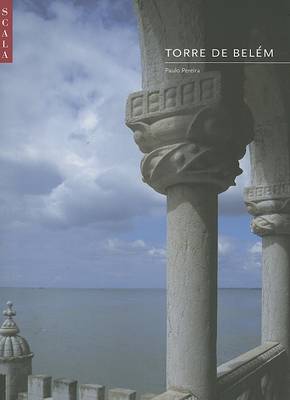National Monuments of Portugal S.
1 total work
The Torre de Belem in Libson, Portugal, was built as a fortress in 1514 and was an essential part of the defensive system at the mouth of the River Tejo. It is a fine example of the period's advanced defensive technology, designed to support heavy artillery. Its harmonious and distinctive shape is sharply outlined against the sky and water, and the delicate decoration of its stone suggests to those who feast their eyes upon it the appearance of a finely carved jewel. It was, however, seen differently by those living at the time of its construction. To them, the tower was a formidable and fearsome defensive fortress at the entrance to the river, as its founder, D. Manuel, had intended. The only completely Manueline building in Portugal, its decoration includes the iconic Manueline symbols of cables encircling the building and ending in elegant knots, armillary spheres, crosses of the Military Order of Christ, and elements from nature. Classified by UNESCO in 1983 as a World Heritage Site, the to
